[1] Success Stories: Thanks so much to everyone who reports their results on the blog. Here are a few recent reports:
Matt, an amateur bodybuilder, reports success on PHD: “I’m getting leaner and my muscles are developing better. What’s really surprising is that my calorie intake is higher and I’m losing fat mass!!”
Robin reports that rice cured her constipation.
Karin reports that the ketogenic variant of our diet has cured migraines and other problems:
I’ve been on the keto diet for nearly a month and it is the best thing that has happened to me. I’m migraine free and medication free. My mood is incredibly stable, I fall asleep quickly and stay asleep all night, I have lots of energy, I can concentrate for hours on end, etc. I’ve lost weight also, a much loved side effect. Thank you for writing this!
Brian reports rapid progress against his diabetes.
Jeanie Graham Campbell on Facebook: “My husband is doing fabulously on the PHD…. I felt great. Once I get down to where I want to be (another 7 or so pounds), I’ll be rockin’ the PHD!!!”
Meanwhile, it’s not exactly a testimonial, but I want it known that “Super Newell” Wright can run down young criminals and retrieve stolen computers while carrying a 50 pound suitcase.
[2] Music to Read By: Levon Helm, drummer and singer for The Band, passed away last week. Here they were at Woodstock:
Here’s Levon singing “The Last Waltz”:
And one more for the road:
[3] Interesting posts since our last Around the Web:
Toxoplasma infection is a major cause of birth defects. Treatment of pregnant mothers improves the health of their babies.
Laura Schoenfeld reviews the people of PaleoFX – and the real stars.
Via Dr. Jay Wortman, two attempts to explain why Asian rice eaters are thin on 70% carb diets: Peter Attia and Andreas Eenfeldt offer three and six reasons respectively. I half-agree with half their reasons, but the comments on Dr. Eenfeldt’s post held the most interest. Is Robert Lustig the new Ancel Keys?
Paleo for Powerlifters discusses the benefits of rice consumption.
Paleo has become too limiting for Richard Nikoley. Jack Kruse is also progressing beyond Paleo: in his talk at TEDx Nashville (video not yet online) he reported self-injecting with MRSA. If you find Jack’s posts too long, you’re in luck: one of his fans is putting Jack’s best lines up on Twitter.
“Only Dave Asprey would come back from a Cloud Computing conference with frostbite.” A Paleo conference is the place for that … Keith Norris had a nice post on cold exposure, and Kamal Patel (in comments) reminds us, “What killed the dinosaurs?” Elsewhere, Kamal makes a case for Fire Perspirogenesis.
Melissa McEwen recorded a podcast, and it’s got “nude” in the title. It’s got “sauna” too, so maybe there’s something about Fire Perspirogenesis.
Pal Jabekk quotes Tristram Shandy.
Mark Sisson discusses 5 common nutrient deficiencies. Adam Bornstein of Livestrong.com references Mark, Martin Berkhan, and Brad Pilon in explaining why he has taken up intermittent fasting.
Red wine turns materials into superconductors. (Via Instapundit) Might be a good beverage to consume while earthing.
Dr Briffa thinks earthing may work. I actually bought an earthing mat and put it under my keyboard so that my hands rest on it as I work, but haven’t noticed any effect.
Jimmy Moore has started experimenting with carbohydrates. He tried half a sweet potato per day, mashed with 3 tbsp butter and 1 tbsp honey or stevia, and found that his blood sugar was under control, but he gained a bit of weight.
Scroll down to read how CarbSane imagines the safe starches panel at AHS 2012 will go.
Carl Zimmer in the New York Times discusses a growing sense among scientists that science itself is getting dysfunctional.
That paper on plant microRNAs affecting gene expression in the liver is being questioned. No surprise there.
Don’t tell Ray Peat: Women who drink two cups of sugary soda per day are 37% less likely to become pregnant than women who drink two cups of tea a day. And a New Zealand woman died of a Coca-Cola overdose.
Don Matesz poses the “panda paradox”: Pandas didn’t evolve to eat bamboo but can survive on it. The inference, I guess, is that humans didn’t evolve to eat vegan but we might survive on it.
Via J Stanton, green tea may inhibit hepatitis C virus infection.
Matt Metzgar: what does chocolate have to tell us about food reward theory?
Wired wonders: if there are probiotic viruses, maybe we don’t want antiviral drugs.
Cogito Ergo Edo discusses the Leptin Marketing Miracle.
In the comments, André Risnes offered a corollary to Ewald’s hypothesis.
New Zealand confronts Marmageddon.
Via Newmark’s Door, why do children wet their beds? Constipation! Try giving them magnesium.
Is bee colony collapse disorder due to a corn pesticide in the high-fructose corn syrup that bee farmers have been giving their bees?
Chris Kresser discuss how stress upsets your gut. Chris has a terrific series on salt: this post has the meat of the matter.
Walter Willett defends that red meat study. But Prof Dr Andro says red meat is good for rats. Michael Greger reports that muscle meat is only about 10% of fast food chain burgers; the rest is “waste and by-products including connective tissue, nerve tissue, cartilage, bone, and in a quarter of the samples, Sarcocystis parasites.”
In our book we emphasized that, after processing by the digestive tract, all mammals eat high fat diets. Miki Ben Dor follows this line of thought in his analysis of the diet of chimpanzees.
Dr BG is back! With a major demything.
Jim Stogdill of O’Reilly Radar has started the Perfect Health Diet. Fit Element has had good results:
From my personal experience over the last few weeks adding back more of the safe starches have given me better energy than just eating vegetables alone as the only carb intake in a day. I’m no longer suffering from tremendous DOMS (delayed onset muscle soreness) and the recovery is quicker. I have lots of energy to do daily tasks and be quite active otherwise. And not to mention that I sleep so much better! Even more muscle definition is coming along in difficult areas such as thighs.
Yoni Freedhoff has the secrets to a happy marriage.
Via Tyler Cowen, the US government is stifling a breakthrough innovation: Tacocopters.
[4] In honor of our friends at Psychology Today:
[5] A culinary color wheel: From Nicole Kosek Caulfield, via Shari Bambino:
[6] Not the weekly video: Rocky’s speech to his son in kinetic typography:
Via Tony Federico. Original speech here.
[7] Shou-Ching’s Photo Art:
[8] Weekly video: The Great Bell Chant:
The Great Bell Chant (The End of Suffering) from R Smittenaar on Vimeo.









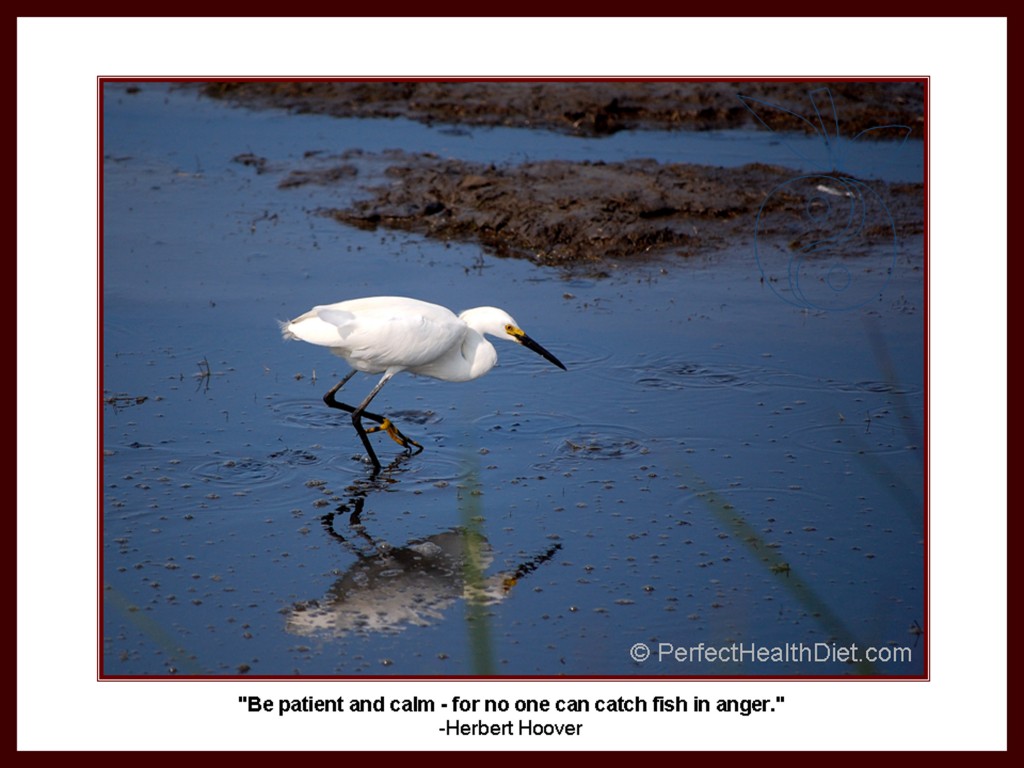

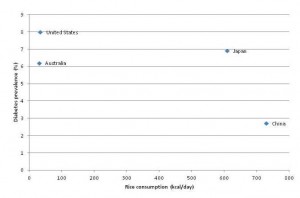
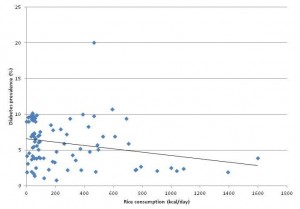
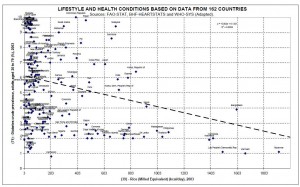
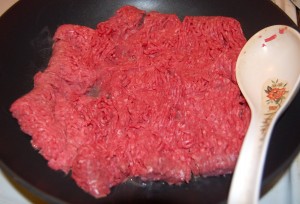
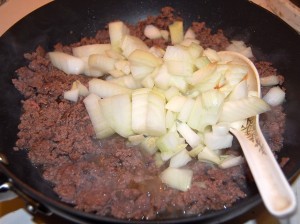
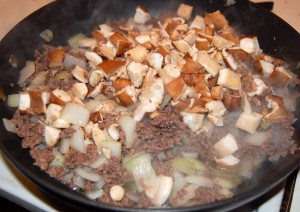
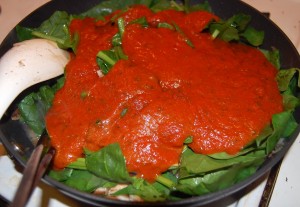
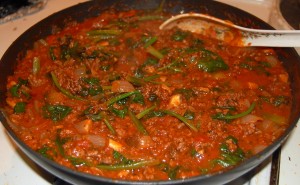
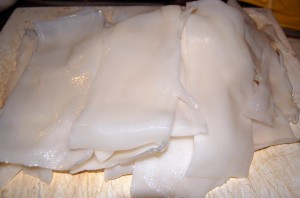
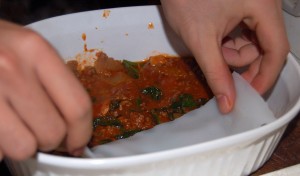
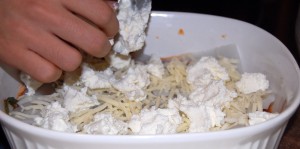
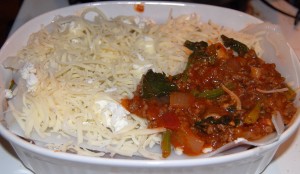
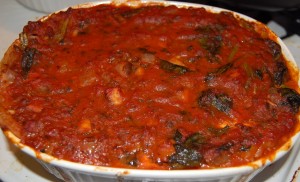




Recent Comments